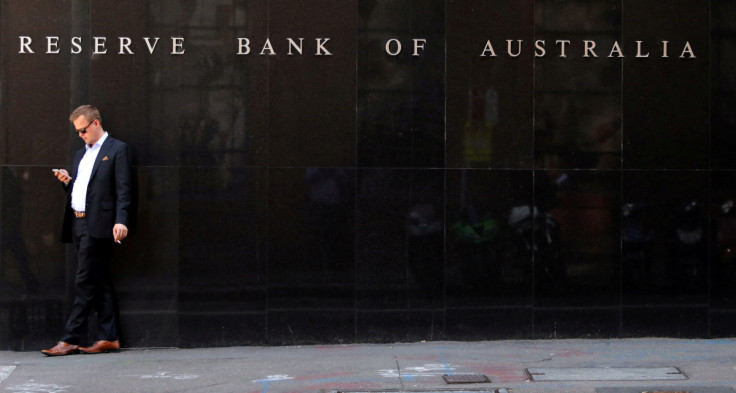Australia central bank tempers hawkish outlook after hiking rates to over decade high
Australia's central bank raised its cash rate to the highest in more than a decade on Tuesday, but suggested it might be nearly done tightening as consumer spending was slowing and there was less risk of a wages-driven inflation blow-out.

Australia's central bank raised its cash rate to the highest in more than a decade on Tuesday, but suggested it might be nearly done tightening as consumer spending was slowing and there was less risk of a wages-driven inflation blow-out.
Wrapping up its March policy meeting, the Reserve Bank of Australia (RBA) raised its official cash rate by a widely expected 25 basis points to 3.6%, the 10th straight move since last May when rates were at an all-time low of 0.1%.
In a dovish step, the central bank dropped a reference to further rate "increases", saying instead that "further tightening" would be needed, suggesting that just one more hike might be enough.
Rates have already gone up by a whopping 350 basis points since last May, easily the most aggressive tightening campaign by the central bank in modern history.
Markets reacted by pushing the local dollar down to a fresh two-month low of $0.6690. Three-year bond futures duly rallied 16 ticks to 96.640, as investors priced in a greater chance that the RBA might pause at 3.85% rather than pushing on to 4.10% or higher.
"Today's statement is slightly more dovish than last month, and leaves open the possibility that there may only be one more rate rise in this cycle," said Sean Langcake, head of macroeconomic forecasting for BIS Oxford Economics.
"The economy is slowing, and wage growth came in below the RBA's expectations in Q4. This will temper some of the RBA's concerns around a wage-price spiral beginning to drive inflation."
Indeed, governor Philip Lowe said in a statement that wages growth is still consistent with the inflation target and recent data suggest a lower risk of a cycle in which prices and wages chase one another.
"The Board, however, remains alert to the risk of a prices-wages spiral, given the limited spare capacity in the economy and the historically low rate of unemployment," said Lowe.
Annual pay growth picked up to 3.3% in the fourth quarter, a decade high but missed forecasts of 3.5%, a relief for policymakers who fear high inflation could lead to a damaging price-wage spiral.
Speculation was rife that the central bank could temper the forward guidance given recent softer data with unemployment rising, economic growth disappointing and wages not climbing as fast as feared.
There were also signs that rising prices have eroded household purchasing power and hurt consumer spending.
Overseas, markets are pricing in the scenario of rates staying higher for longer in both the United States and Europe due to the recent upside surprise in inflation.
Australia's rate increases so far - including Tuesday's move - will add over A$985 a month in repayments to the average A$500,000 mortgage, according to RateCity, a deadweight for a population that holds A$2 trillion ($1.3 trillion) in home loans.
PAUSE IN APRIL?
Policymakers, startled by the risk that inflation could prove stickier than previously expected, abandoned all thought of pausing at its February policy meeting. That was a marked change from December when it had considered staying pat.
On Tuesday, governor Lowe was more circumspect on the outlook for further rate rises.
"In assessing when and how much further interest rates need to increase, the Board will be paying close attention to developments in the global economy, trends in household spending and the outlook for inflation and the labour market," the governor said.
Gareth Aird, economist at Commonwealth Bank of Australia, sees a risk of the RBA could pause in April.
"The reference to assessing 'when' means that the RBA Board has not yet made their mind up around increasing the cash rate in April," Aird said.
"Markets should treat the April Board meeting as 'live' and the RBA could pause."
Copyright Thomson Reuters. All rights reserved.




















